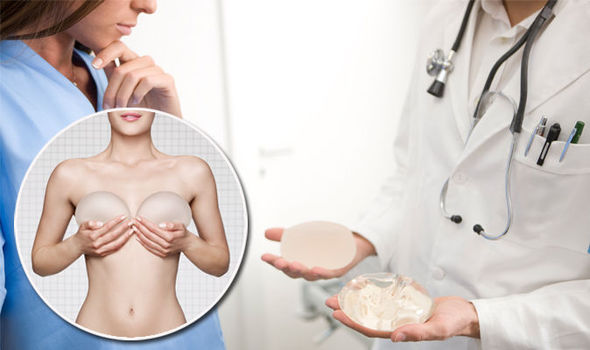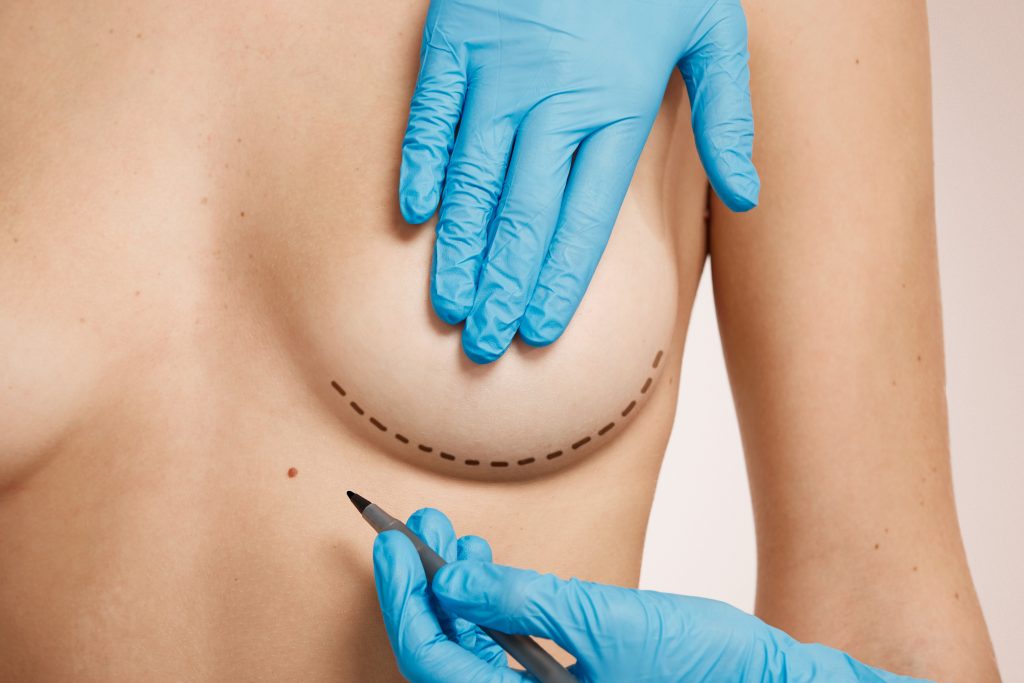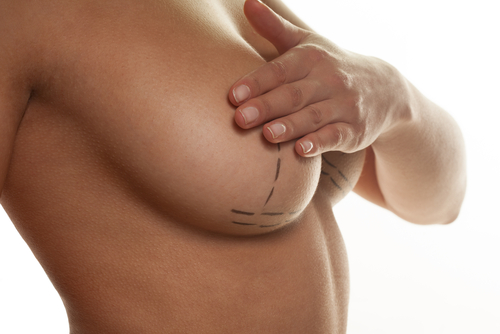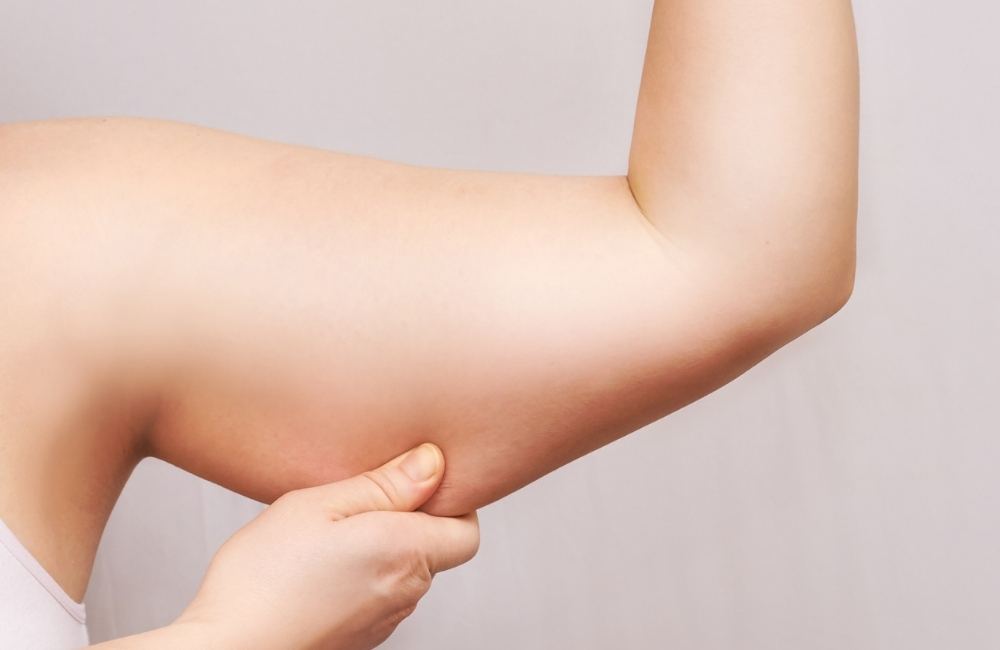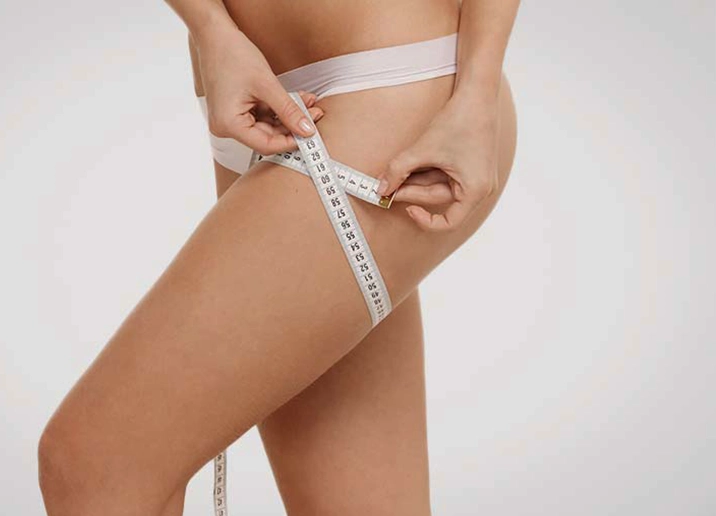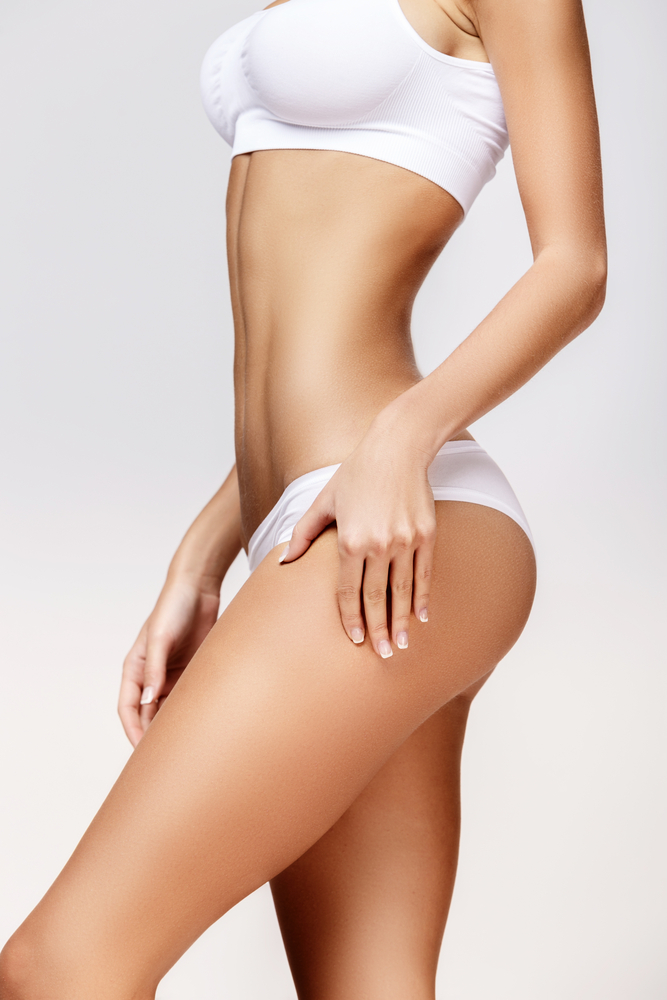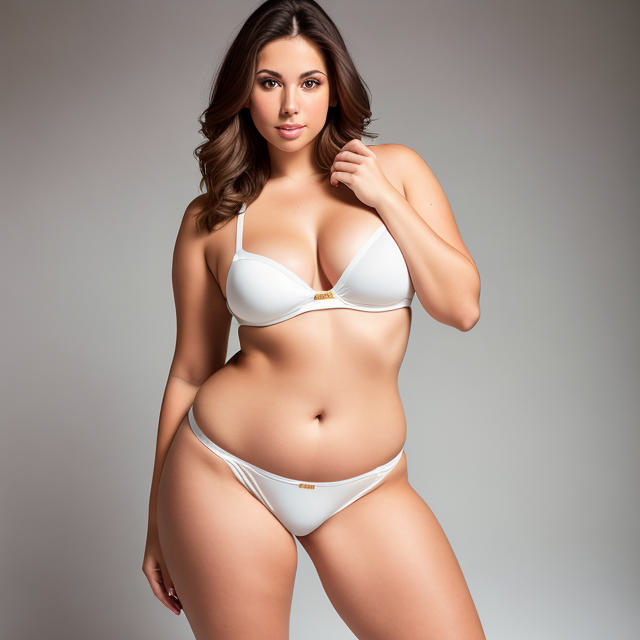Deciding between a mommy makeover and a tummy tuck involves understanding each procedure’s scope and intended outcomes. A mommy makeover typically combines various surgeries, including a tummy tuck, breast augmentation or lift, and sometimes liposuction to address changes post-pregnancy. In contrast, a tummy tuck focuses solely on removing excess skin and tightening abdominal muscles for a flatter stomach. This distinction is crucial for individuals aiming to tailor their cosmetic surgery choices to their specific body goals and recovery expectations.
Understanding Mommy Makeover and Tummy Tuck Procedures
Mommy Makeover Basics
A mommy makeover is a combination of procedures. It aims to restore the body’s shape post-pregnancy. This often includes breast lift, liposuction, and a tummy tuck.
Patients choose this for comprehensive changes. It addresses multiple areas in one go. The goal is to regain pre-pregnancy body confidence.
Tummy Tuck Focus
Tummy tuck surgery primarily targets the abdomen. It removes excess skin and fat. The procedure also tightens abdominal muscles.
The main focus here is on creating a smoother, firmer belly area. A single incision near the bikini line is typical for this surgery.
Reasons for Consideration
Patients consider these procedures for various reasons:
-
Desire to regain pre-pregnancy body shape.
-
Need to remove excess skin after significant weight loss.
-
Wish to tighten loose abdominal muscles not responsive to exercise.
Both options offer unique benefits:
-
Mommy makeover: Addresses multiple concerns with one recovery period.
-
Tummy tuck: Specifically focuses on improving the abdominal area’s appearance.
Choosing between them depends on individual goals and needs.
Mommy Makeover vs. Tummy Tuck: Comparison
Surgical Scope
A mommy makeover typically targets multiple areas of the body. It aims to restore a woman’s figure after pregnancy and childbirth. This comprehensive approach may include procedures on the belly, breasts, and other areas affected by motherhood.
In contrast, a tummy tuck focuses solely on the midsection. It removes excess skin and fat from the stomach area. This surgery can significantly improve the appearance of the midsection but doesn’t address other body parts.
Recovery Times
The recovery time for a mommy makeover is generally longer than for a tummy tuck alone. Since a mommy makeover involves multiple surgeries, recovery can take several weeks. Patients need ample time to heal properly.
On the other hand, recovery from a tummy tuck usually requires less time because it’s focused on one area of the body—typically around two to three weeks before returning to normal activities.
Procedural Variability
One key aspect of mommy makeovers is their variability in procedural combinations. Depending on individual needs, a mommy makeover might include:
-
Breast augmentation or lift
-
Liposuction
-
Tummy tuck
-
Other specific treatments aimed at enhancing body contours
This flexibility allows women to tailor their makeover according to personal goals and problem areas resulting from having children.
Key Differences Between a Tummy Tuck and a Mommy Makeover
Breast Surgery Inclusion
A tummy tuck does not include breast surgery. This procedure focuses on removing excess skin and fat from the abdomen. It also tightens the abdominal muscles.
A mommy makeover, however, often includes breast surgery. This could be an augmentation, lift, or reduction. These additions address changes from pregnancy and breastfeeding.
Focus of Procedure
Tummy tucks are all about the abdomen. They aim to create a smoother, firmer abdominal profile. The focus is narrow but effective for its purpose.
Mommy makeovers are more comprehensive. Besides the abdomen, they can improve other areas affected by pregnancy. These might include breasts, hips, thighs, and buttocks.
Overall Goal Difference
The overall goal of a tummy tuck is specific: enhance the appearance of the belly area only.
In contrast,mommy makeovers aim for broader rejuvenation post-pregnancy. They address multiple areas to restore pre-pregnancy body shape.
-
Tummy Tuck: Targets abdominal contouring alone.
-
Mommy Makeover: Aims for full-body rejuvenation post-childbirth.
Deciding Between a Tummy Tuck and a Mommy Makeover
Cosmetic Goals
Understanding your cosmetic goals is crucial. A tummy tuck focuses on removing excess skin and fat from the abdomen. It also tightens muscles. This choice might suit you if your concern lies solely within this area.
However, if you aim for more extensive body contouring, consider a mommy makeover. This combination addresses breasts, abdomen, waist, and buttocks simultaneously. Your goals should guide your decision between these options.
Future Pregnancies
Think about future pregnancies before making a choice. A tummy tuck might be best if you plan no more children. Pregnancy after a tummy tuck can reverse its effects.
For those undecided about more kids, waiting or considering less invasive options may be wise. Each choice impacts future pregnancy outcomes differently.
Body Contouring Needs
Evaluate the need for body contouring beyond the abdomen carefully.
-
If only your abdominal area concerns you, a tummy could suffice.
-
Should issues extend to other parts of the body like sagging breasts or loose skin elsewhere, opting for a mommy makeover offers broader solutions.
Remember that each person’s needs are unique.
-
Choosing involves understanding both procedures well.
-
Consulting with professionals helps clarify which option aligns with personal needs best.
Qualifying for a Mommy Makeover or Tummy Tuck
Health Criteria
To qualify for either a mommy makeover or tummy tuck, good health is crucial. Candidates must be free from medical conditions that can impair healing. This includes chronic diseases such as diabetes or heart disease.
Before considering surgery, it’s essential to undergo a thorough health evaluation. Your doctor will check if you’re fit for the procedure. They look at your overall health, not just the area needing surgery.
Stable Weight
Achieving and maintaining a stable weight is vital before undergoing these surgeries. Fluctuations in weight can affect the results of both procedures negatively.
For best outcomes, women should be close to their ideal weight for at least six months. This stability ensures that the removal of excess skin and fat will have lasting effects.
Psychological Readiness
Being mentally prepared is as important as being physically fit. Candidates should have realistic expectations about what these surgeries can achieve.
Understanding that while these procedures improve appearance, they are not magic solutions is key. A positive outlook and realistic goals contribute significantly to overall satisfaction with the results.
-
Women often seek a mommy makeover after childbirth when they want to address changes in their breasts, belly button, and abdominal muscles.
-
A tummy tuck focuses on removing excess skin and fat around the abdomen for those concerned primarily with their midsection.
Both procedures aim to boost confidence by aligning one’s physical appearance more closely with personal fitness goals and desires.
Benefits of Mommy Makeover and Tummy Tuck Surgeries
Self-Esteem Boost
After a mommy makeover or tummy tuck, many patients report feeling happier with their appearance. This surgery can eliminate excess skin and fat, leading to a more toned look. It’s common for individuals to feel more confident in their clothing choices post-surgery.
The positive impact on self-esteem cannot be overstated. Feeling good about one’s body often translates into improved overall well-being. Patients tend to engage more in social activities and experience less anxiety around body image.
Lasting Results
With proper care, the results from these surgeries can last many years. A healthy lifestyle is key to maintaining outcomes. This includes regular exercise and a balanced diet.
It’s important for patients to follow their surgeon’s advice closely after surgery. Doing so helps ensure that the improvements remain as permanent as possible.
Multiple Concerns Addressed
A significant benefit of opting for a mommy makeover over just a tummy tuck is its comprehensive approach. The mommy makeover can address various areas at once including the breasts, abdomen, waist, genitalia, and buttocks depending on individual needs.
-
For example:
-
Breast lift or augmentation can restore volume lost after breastfeeding.
-
Liposuction targets stubborn fat deposits.
This holistic approach saves time and reduces recovery periods compared to having multiple separate surgeries.
Exploring the Cost of Mommy Makeover and Tummy Tuck
Cost Variability
The cost of both a mommy makeover and tummy tuck can vary greatly. This depends on where you live and the surgeon’s expertise. In cities with high living costs, prices tend to be higher.
A board-certified surgeon might charge more due to their experience. However, their expertise often leads to better results. It’s crucial to balance cost with quality when making your decision.
Additional Expenses
Beyond the surgeon’s fee, there are other costs. These include anesthesia and facility fees. Sometimes, these extra expenses are not mentioned upfront.
It helps to ask for a detailed quote during your consultation. This way, you avoid surprises later on. Remember to factor in these additional costs when budgeting for your surgery.
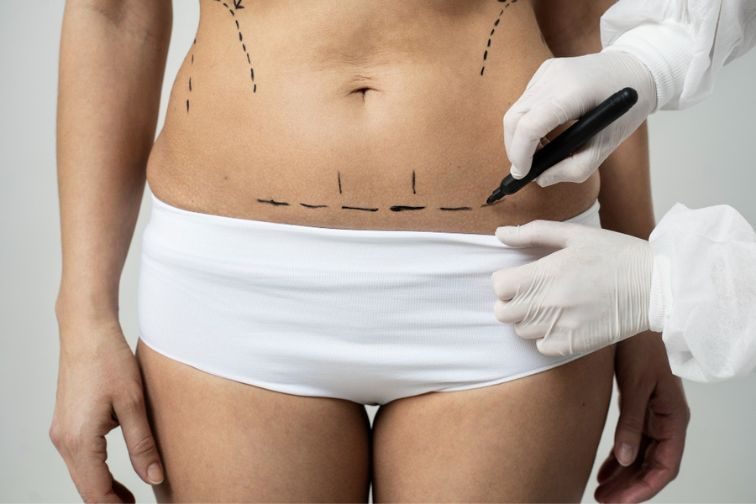
Financing Options
Many clinics offer financing options for surgeries like these.
-
Some have partnerships with financial institutions.
-
Others might offer payment plans directly through their office.
Before deciding, explore all available financing options.
-
Compare interest rates.
-
Understand repayment terms fully.
This ensures that you find a plan that fits your budget without causing stress down the line.
Patient Results of Mommy Makeover and Tummy Tuck Procedures
Satisfaction Rates
Patients often report high satisfaction rates after undergoing a mommy makeover or tummy tuck. These procedures can significantly improve one’s self-esteem and body image. However, it is crucial to have realistic expectations.
Understanding that these surgeries are not a quick fix but rather a step towards an improved physical appearance is essential. The success of the treatment largely depends on maintaining a stable weight post-surgery.
Realistic Expectations
Setting realistic expectations plays a pivotal role in patient satisfaction. A consultation with a certified surgeon can help set achievable goals.
For instance, while both treatments aim to enhance the abdominal area’s appearance, they offer different results. A tummy tuck focuses on removing excess skin and fat from the abdomen, whereas a mommy makeover may include additional procedures like breast augmentation or liposuction for more comprehensive improvements.
Physical Improvements
The physical improvements seen after these surgeries can be life-changing. Patients typically notice:
-
A flatter, more toned stomach
-
Reduced sagging skin
-
Improved body contouring
These changes not only boost confidence but also motivate individuals to maintain their new physique through healthy lifestyle choices.
Final Remarks
Choosing between a mommy makeover and a tummy tuck depends on individual goals, health status, and recovery willingness. A mommy makeover offers comprehensive body reshaping, addressing multiple areas affected by pregnancy or weight changes. In contrast, a tummy tuck focuses solely on abdominal refinement. Both procedures present unique benefits and considerations, from enhancing self-confidence to requiring significant recovery time. Understanding these surgeries’ nuances enables informed decisions, aligning expectations with achievable outcomes. Prospective patients should consult certified plastic surgeons to evaluate their candidacy and discuss potential results. This step ensures personalized advice tailored to individual needs and aspirations.
Embracing cosmetic surgery is a personal journey towards reclaiming one’s body and confidence. Whether opting for a mommy makeover or a tummy tuck, the key lies in choosing a path that resonates with personal health goals and aesthetic desires. Remember, taking the first step towards transformation involves thorough research and professional guidance. Schedule a consultation today to explore your options and embark on your journey to rejuvenation.
Frequently Asked Questions
What is the main difference between a Mommy Makeover and a Tummy Tuck?
A Mommy Makeover typically includes a tummy tuck as part of a broader set of procedures aimed at restoring post-pregnancy bodies, while a tummy tuck focuses solely on removing excess skin and fat from the abdomen.
Who qualifies for a Mommy Makeover or Tummy Tuck?
Candidates for either procedure should be in good health, have realistic expectations, and for mommy makeovers, preferably have completed their families. A consultation with a certified plastic surgeon can determine individual eligibility.
How do the benefits of Mommy Makeover compare to those of just having a Tummy Tuck?
Mommy Makeovers offer comprehensive body rejuvenation (breasts, abdomen, etc.) beyond the abdominal focus of tummy tucks. However, both significantly improve body contour and self-esteem.
Can I decide between getting a Mommy Makeover or just a Tummy Tuck based on cost alone?
While cost is an important factor, it’s crucial to consider your overall aesthetic goals. A mommy makeover generally costs more due to its multiple procedures but addresses more areas than just the abdomen like in tummy tucks.
What are typical results patients can expect from both procedures?
Patients often experience improved body contours and enhanced self-confidence after recovering from these surgeries. Results vary based on individual conditions and adherence to post-surgery care instructions.
Is there any significant difference in recovery time between these two types of surgeries?
Recovery times differ; mommy makeovers usually require longer recuperation due to their extensive nature compared to single-procedure tummy tucks.




